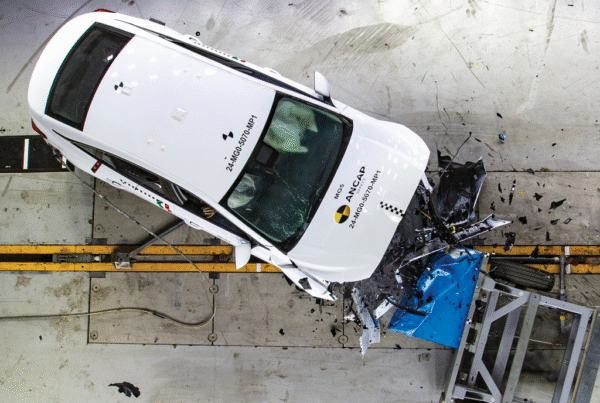Whilst the ingredients for creating a Safe Mobile Workplace are relatively straight forward, the recipe certainly isn’t and then there’s the quality of the ingredients!
Fundamentally, the ingredients include: –
- Fit for purpose 5 star vehicle
- Driver vehicle induction
- Driver policies
- Compliance process, and
- Safety culture
The recipe is also relatively simple: –
- Select a fit for purpose 5 star vehicle,
- Create a driver induction process to explain how the vehicle works,
- Have the driver review the organisations driver policies that explain how to use the vehicle, and
- Give them the keys to the vehicle.
- You now need to ensure the compliance process is working (ensure they have a driver’s license; you know how many driver demerit points they have and the vehicle is regularly serviced)
- Finally, you need to create a safety culture by actively talk about vehicle incidents across the business.
- SIMPLE!
Lets take a moment to explore the ingredients.
- Fit-for-purpose 5 star vehicle
This can be a difficult ingredient to find. When you consider fit-for-purpose you need to understand the organisations needs (current and future) noting organisational needs go beyond carrying capacity, they will include driver comfort & safety and CO2 emissions. Whilst vehicle emissions are published together with general vehicle descriptions, you can also go to the Australian Governments Green Vehicle Guide website for further information and vehicle comparisons.
Most organisations have an ANCAP 5 star policy however not all 5 star vehicles are the same. You need to understand the importance of ANCAP’s Date Stamp as a 2017 Date Stamped 5 star rated vehicle is two generations of safety requirements behind ANCAPS current 5 star rating which changed in January 2020.
Once you’ve got your list of suitable fit-for-purpose vehicles, you’ll need to determine the whole of life costs or total cost of ownership of each vehicle (per kilometre) so you can compare the selected vehicles. There are many factors that influence these costs including a vehicles cost (after discounts). its future sale value (residual), fuel costs and scheduled & unplanned maintenance costs.
Now you’ve got a short list of suitable vehicles and its time to engage a number of stakeholders within your organisation. These may include representatives from work health and safety committees’, human resources, procurement, and drivers from different departments to ensure a collaborative assessment.
An important step often neglected, is to review past vehicle incident and insurance reports to identify if extra equipment is needed to improve safety, assist with reducing incidents or required to meet the capacity needs of the vehicle.
As you can see there is plenty to consider when selection a fit-for-purpose 5 star vehicle and that’s why many organisations only review this every 3 to 5 years. Next week we will explore the other necessary ingredients for creating a safe mobile workplace.
- Driver vehicle induction
- Driver policies
- Compliance process
- Safety culture
Don’t forget AfMA members can freely access our Whole of Life Cost Calculator that’s fully integrated with RedBook providing their Future Price Ahead value, CO2 emissions and ANCAP ratings whilst being able to compare 4 vehicles side by side.


















